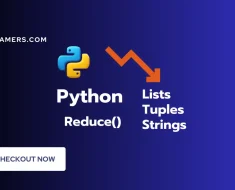![]()
I’m currently using a Docker Compose stack that includes:
- Traefik for SSL and proxying (all to the FastAPI).
- Python FastAPI for backend API and serving static files.
- Elasticsearch for search functionality.
- MongoDB for data storage.
- Vue.js, Tailwind Daisy UI for building a SPA frontend.
The routing setup (all handled by Python FastAPI) is:
/api/<version>/<endpoint>: Dynamic API handled by the Python backend./api/v1/media/<id>: Fetches images and videos from MongoDB FS using FastAPI./assets/...: Static assets built using Vite and served by the Python backend.- Other URLs: Default to sending index HTML, where the client fetches content by calling the API— displaying a 404 error if not found.
In the current setup, I have tried the following:
- I’ve experimented with managing metadata in the SPA with JavaScript, which didn’t yield the desired SEO results due to crawler limitations.
- I’m exploring the integration of Nuxt.js, but am unsure how to do this efficiently in my existing stack.
- I expected that adding Nuxt.js would enhance my SEO without necessitating a major overhaul of my backend.
So, I want to integrate Nuxt.js for server-side rendering to improve SEO. However, I’d like to retain my existing APIs and am hesitant to shift entirely to a JavaScript-based backend due to my limited experience with JS and personal concern with its reliability and future-proof. So, I would like to know:
-
How can I integrate Nuxt.js for SSR in my existing setup in a manner that’s efficient and server-friendly?
-
Would rewriting my APIs in JavaScript offer significant benefits for this integration, especially considering development and deployment aspects?
-
How can I effectively manage metadata for SEO in this JavaScript-heavy environment?
Additional context:
- My setup is fully containerized with Docker Compose for CI/CD.
- I’m proficient in Python but less so in JavaScript.
- Server performance and load are important considerations.
- This is small personal project in the early alpha release stage.
- Around 700 lines of Python backend code.
- Around 1500 lines of VUE frontend code.


![[2402.09269] Personalized Large Language Models [2402.09269] Personalized Large Language Models](https://aigumbo.com/wp-content/uploads/2023/12/arxiv-logo-fb-235x190.png)


